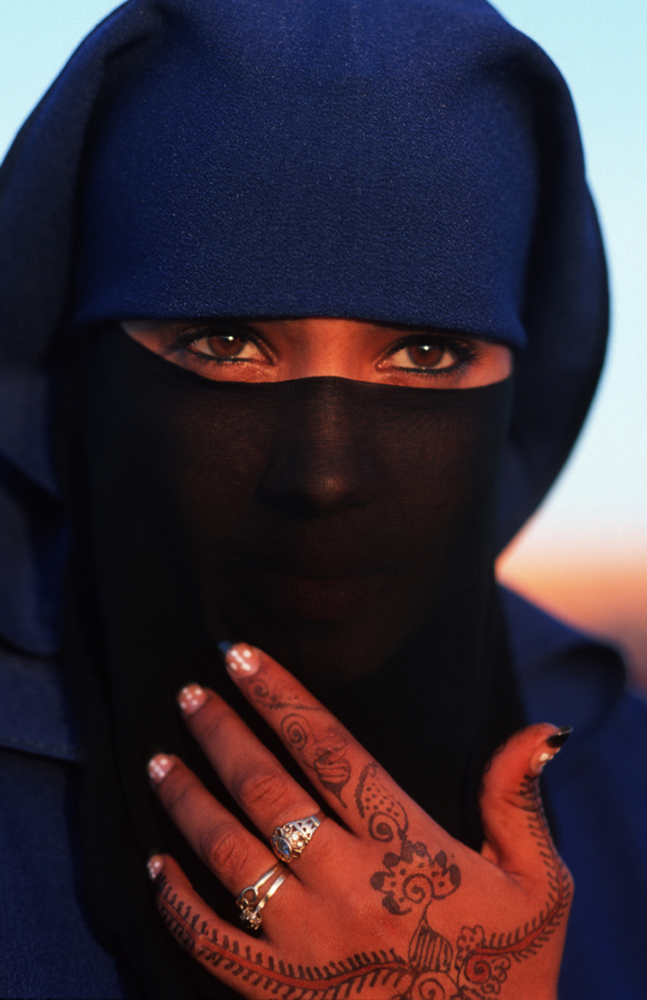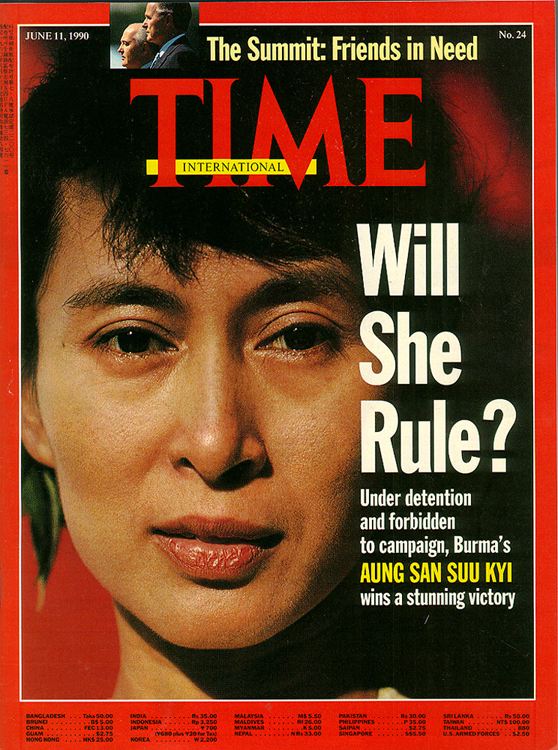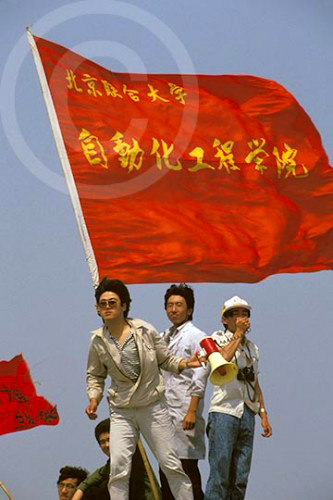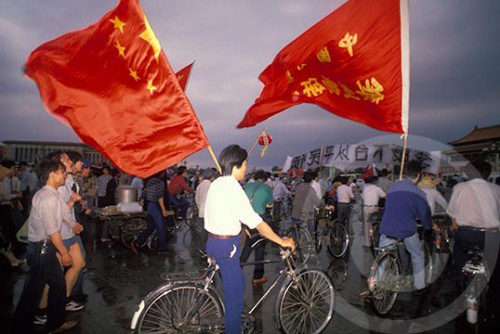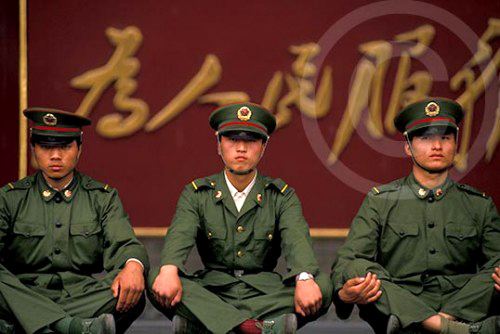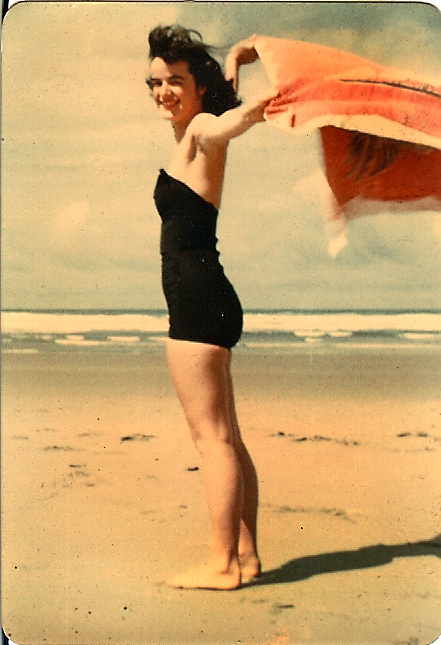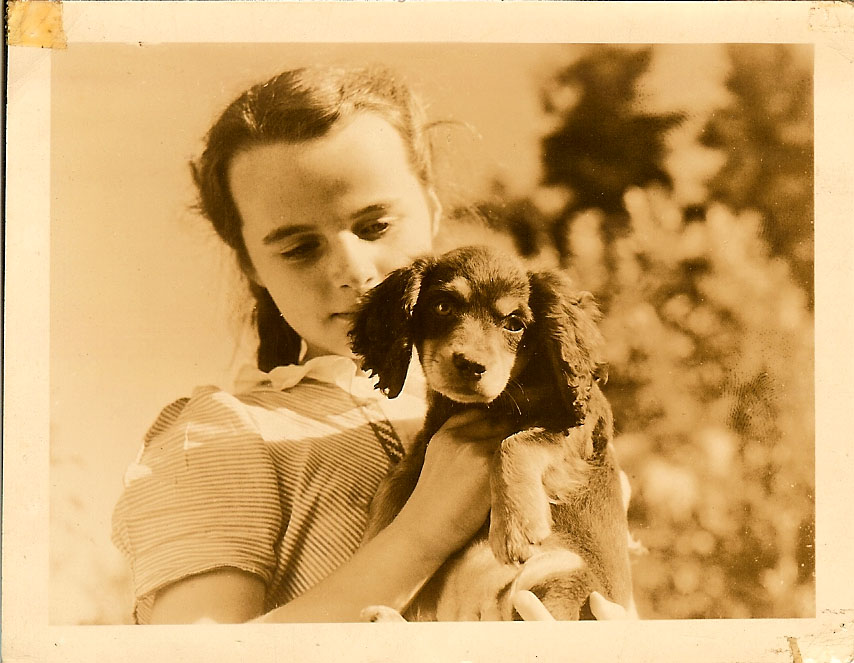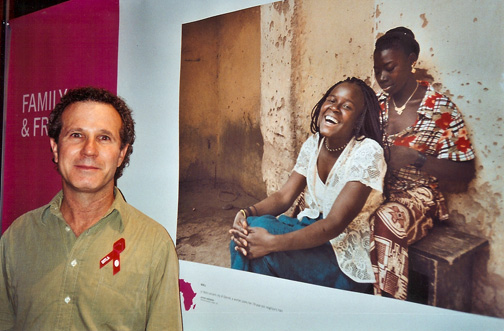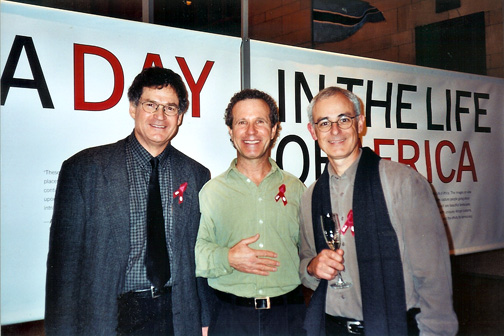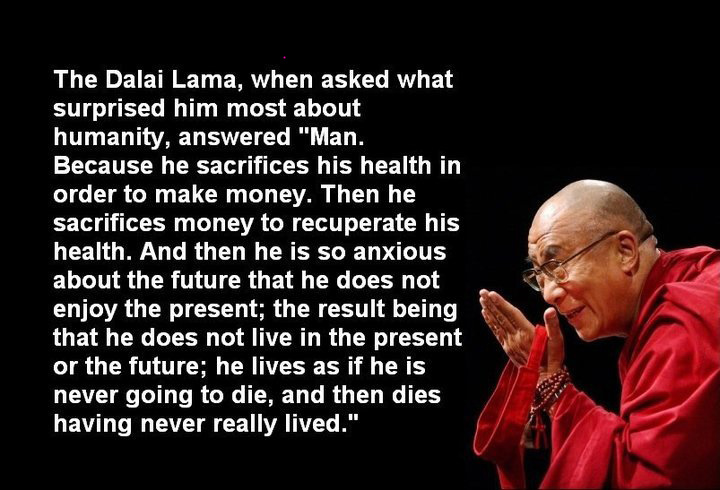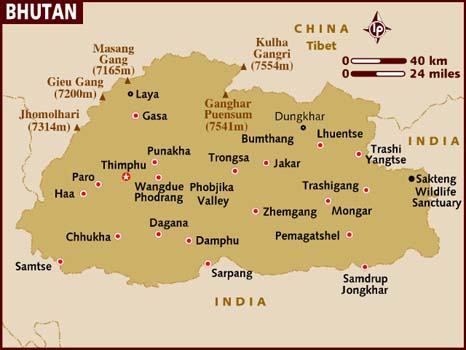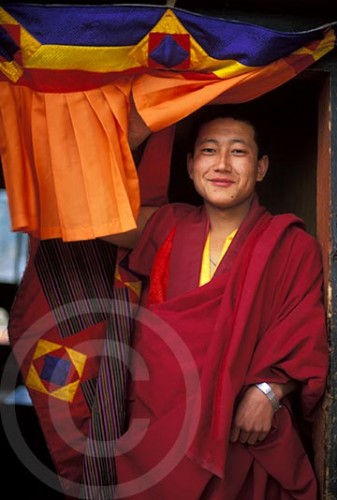 When somebody flies over a million miles like my husband, photographer, Jeffrey Aaronson, humorous things are bound to happen. Here’s a glimpse into a few things Jeffrey has experienced on airplanes over the years :
When somebody flies over a million miles like my husband, photographer, Jeffrey Aaronson, humorous things are bound to happen. Here’s a glimpse into a few things Jeffrey has experienced on airplanes over the years :
• In 1989 Jeffrey was on his way to China from our home in Aspen, Colorado. On the small BA-146 jet, he bumped into his friends, tennis star, Chris Evert, and Olympic ski racer, Andy Mill. The three ended up sitting next to each other, chatting and laughing on the short thirty-minute flight to Denver, then parted ways once they landed.
Inside the Denver Airport, a Japanese man who had been on the earlier Aspen flight, scoped out Jeffrey from a distance and smiled and bowed to him. Jeffrey smiled back politely, then focused on a magazine article he was trying to read while he waited for his connecting flight. A short while later, the man walked past and did the same thing. Jeffrey glanced up and smiled back, but then began wondering what this guy was all about.
When it was time to board the flight to Beijing, once again, there was the Japanese man–this time walking down the aisle with his carry-on luggage, once again smiling and bowing as Jeffrey settled into his seat. Jeffrey smiled back courteously and even nodded, but was now starting to feel a little awkward.
It wasn’t until about an hour later that Jeffrey finally found out what this guy was all about. At 38,000 ft. as Jeffrey was sipping soda water and reading a newspaper, the Japanese man reappeared. After walking up and down the aisle two times, he finally built up his nerve to stop. Jeffrey looked up quizzically, then he heard, “Ah, Mr. McEnroe, may I have your autograph?”
 Jeffrey could barely repress his laughter, but was so tickled by this earnest gentleman, he couldn’t bring himself to tell him that he wasn’t the tennis legend he idolized. Instead, he just smiled and bowed, and scribbled John McEnroe onto a piece of paper.
Jeffrey could barely repress his laughter, but was so tickled by this earnest gentleman, he couldn’t bring himself to tell him that he wasn’t the tennis legend he idolized. Instead, he just smiled and bowed, and scribbled John McEnroe onto a piece of paper.
That wasn’t the first time Jeffrey had been confused with curly-haired tennis great, John McEnroe, but this was the most amusing.
Looking back now Jeffrey chuckles, “You’d think he would have known I wasn’t John McEnroe when I wasn’t flying first class. He must have assumed that since I was talking with Chrissy Evert on the Aspen flight that I had to be McEnroe.”
Fortunately for the Japanese man Jeffrey never yelled, “You cannot be serious!” like John McEnroe often did on the tennis court.
_____
• In the early 90’s Jeffrey was on another flight to China (yes, he went all the time). This time, well into the flight over the Pacific, he was sound asleep. Jeffrey often joked that he got some of his best sleep on airplanes. After snoozing for a couple hours and being in a deep sleep, he was woken by a flight attendant standing in front of him, smiling broadly, holding a glass of champagne.
In his groggy, disoriented state, he was trying to figure out why she would be doing that. Then the guy sitting next to him, whom he hadn’t ever told his name, said, “Jeffrey, I really like what you do.” Trying to get his bearings, he squinted at the flight attendant and the passenger next to him, then glanced across the aisle. Several people were looking at him and smiling.
“Is there something going on here I should know about?” Jeffrey asked.
“We just watched you on the inflight movie.”
“Huh?” Jeffrey muttered. “What are you talking about?” Jeffrey couldn’t decide whether he was still dreaming or if these people had lost their minds.
“While you were asleep, they showed you photographing…it was on the video monitor.” When Jeffrey finally heard, “It was called Colorado Picture Perfect and it was hosted by John Denver,” it suddenly made sense.
A few years earlier he had been part of a documentary television show on NBC which featured three Colorado photojournalists working out in the field capturing winter in Colorado. The program, Jeffrey discovered at that moment in his travel weary state, had been syndicated and was now being shown on United Airlines.
The curly-headed guy sitting in Row 7A suddenly became a welcomed distraction for all the nearby passengers. All Jeffrey wanted to do was go back to dreaming.
_____
Then there’s the funny stuff that’s only funny after you’ve landed safely. Like…
• Flying with a drunk pilot in a single engine Cessna over the Bass Straight in Tasmania, Australia. The rosy-cheeked pilot looked more like an unmade bed than a professional pilot, and his flying skills matched his appearance. As the plane bumped along through marginal weather, he left little room for error as he flew way too close to the sea. I happened to be on this assignment with Jeffrey and years later, I can still remember the smell of the pilot’s whiskey and the death grip I had on Jeffrey’s hand, and how I practically kissed the ground when we finally landed. Thankfully we’re both still here to laugh about it.
• Flying on Druk Air from Bhutan to Thailand and nearly crashing in Dhaka, Bangladesh while trying to land during a typhoon. The pilot pushed the engines as hard as he could to get through the storm, and then the wind suddenly whipped around the other direction and thrust the plane from behind during landing. It came in WAY too fast to land and the plane skidded sideways down the flooded runway, then finally came to a stop just inches from crashing off the end.
• Having to make an emergency landing at a military base in Xinjiang, China because the China Airways plane Jeffrey was flying on ran out of fuel. Jeffrey was on assignment for TIME Magazine and had been trying to fly from Beijing to Turpan for days. Each day the flight was cancelled due to fog in Turpan, some five hours away. Finally the day arrived to fly, but when the plane tried to land, once again fog prevented it. The determined Chinese pilot decided to circle. And circle. And circle. The plane circled for nearly an hour, and then the pilot suddenly realized they had run out of fuel. It was straight out of a bad movie with passengers screaming and crying during the plummeting descent…you get the picture. This is only a tiny part of one of the most bizarre and difficult assignments Jeffrey had ever done for TIME Magazine, a story which will be chronicled later in my upcoming book.
Okay, so those last three stories aren’t exactly ha-ha funny, but more like “holy crap” funny. But since my darling Jeffrey is still with us to tell these stories, it’s okay to laugh…really.
Now it’s your turn. What is the funniest or most unusual thing that has happened to you while traveling? Drop me a comment and share the joys of flying!



